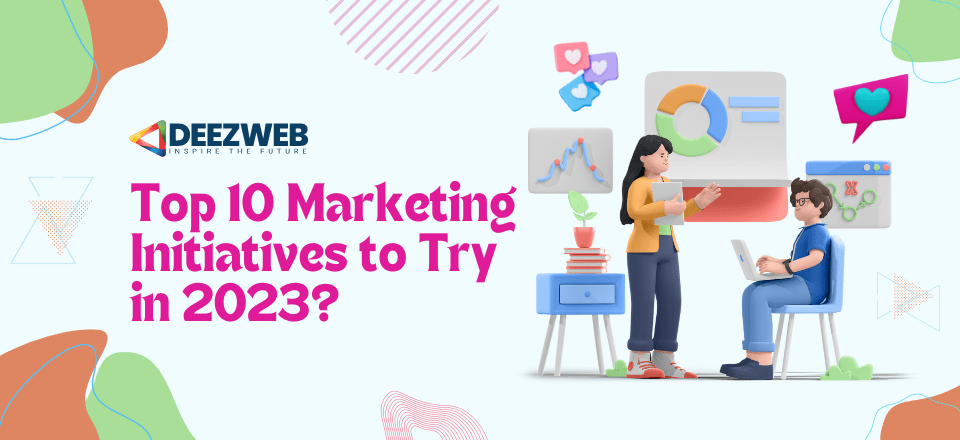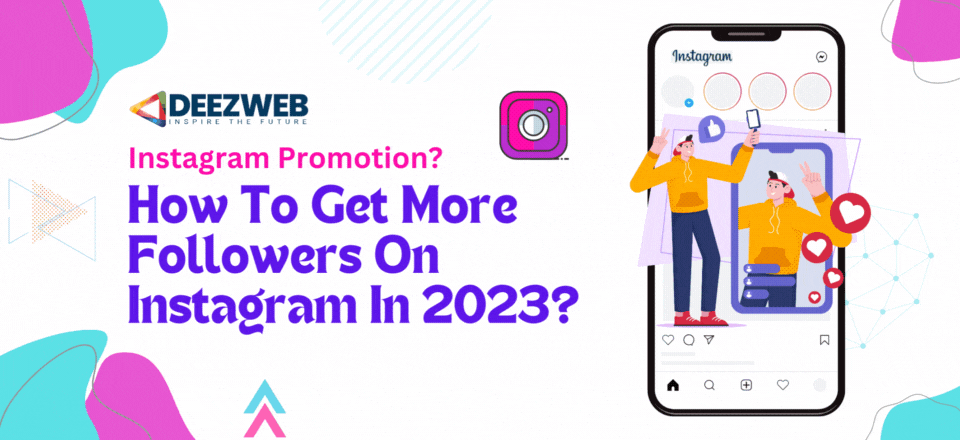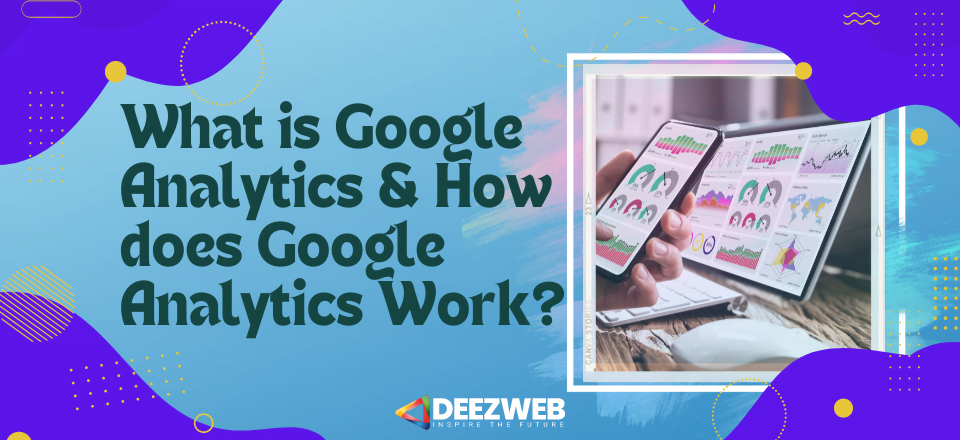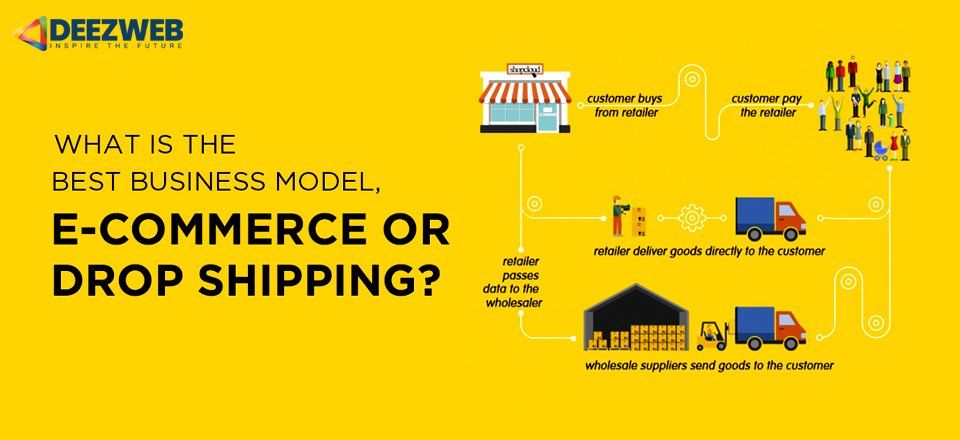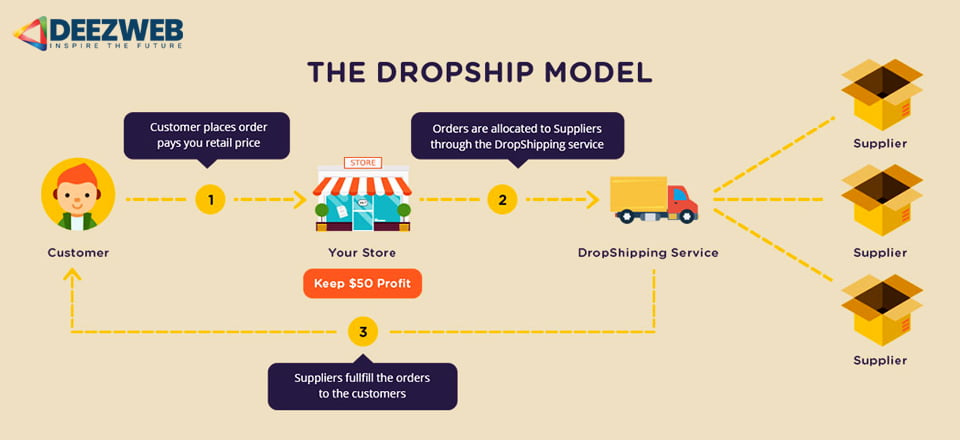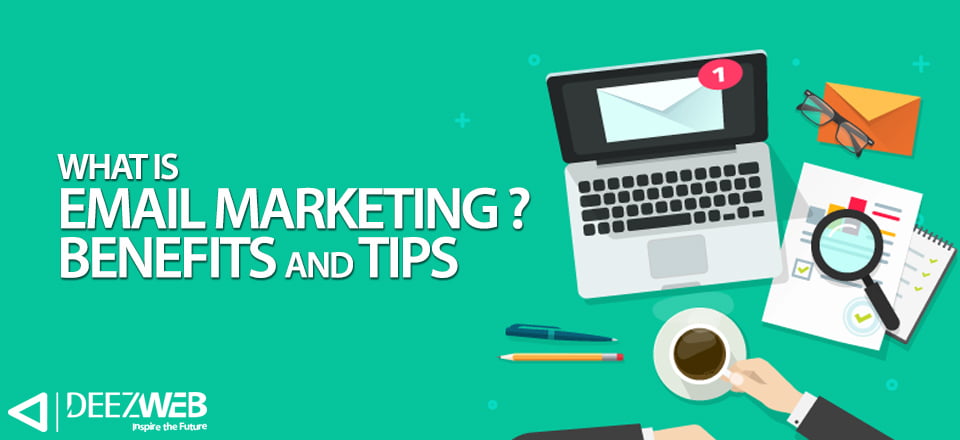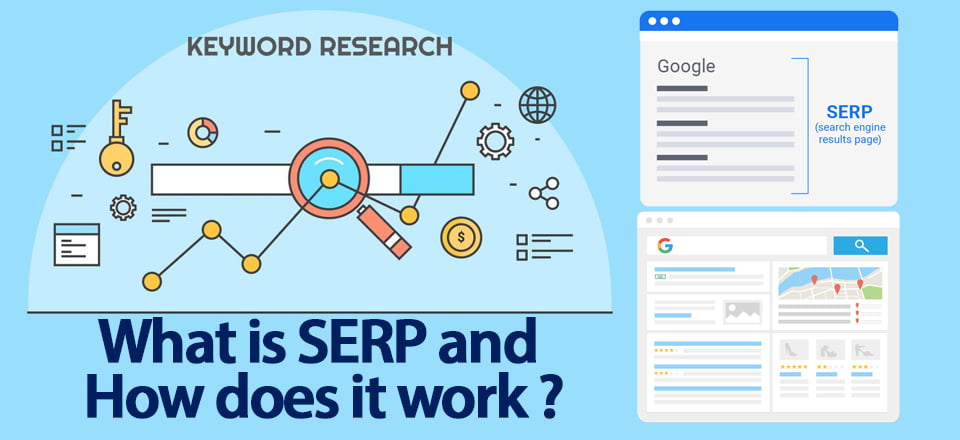Today we will know what is what is SERP. We know that there are millions of pages on the internet but only a few of us are required to do according to our search. So whenever you do some searches on Internet, then you show Search Results about it. Or we can say that whenever someone searches through a keyword on a search engine, then you find Search Results listed according to your query in Search Results. These Search Pages are also called SERP.
In this case, the importance of SERP ( Search Engine Results Pages ) increases even more Because if you are a blogger and if your content is showcased in Google’s SERP then Organic Traffic will automatically come to your blog. This will give you a very good traffic. But it is not easy to come first in the SERP because there is very much competition for it. So it is very important to know how SERP works and how we can rank our contents in SERP’s Top Pages, which will greatly increase our visibility. So today we will get complete information about what is the SERP and how it matters. Then let’s begin without delay and know about what the SERP is.
What is SERP ?
Simply put, SERP is called those Web pages that search engine shows when you search for a keyword. Major Search Engines mainly display three types of listings in their SERPs:
- Listings that have been indexed by Search engine spider
- Listings that have been Indexed by any person in the Search engine’s directory
- Listings who have paid for them to List in Search Engine
The SERP is Full of Form “Search Engine Results Pages”. Who do not know these Term SERP is an acronym. Whenever you do a Google query create then look at the pages you search results that are SERP.
Your Rank SERP which it Page Rank is also called. So obvious thing is if your Page Rank high then automatically he will Show in Pages first Search results. And which on its own will come more people to your website and will increase impression on your site. Statistics of these have been found to be more than 75% of people do not go beyond Search The time First Page. So much becomes necessary for a legitimate thing to come on the First Page.
Search Engine Results Pages : What It Is and How It Works
Search Engine Result Pages are web pages that serve users when they search something online, with the help of Google like Search Engine. When users enter their Search query (where they primarily use specific term or phrases, which are also called keywords), in which Search Engine provides them SERP.
All SERPs are unique, even if they are not used in the same search engine, by using similar keywords and search queries. That’s because all Search engines virtually present their results according to their user experience. Which depends on many factors such as User’s Physical Location, browsing history and Social Settings. Two SERPs can look identical, but they both have a difference.
SERPs are constantly changing because search engines like Google, Bing and other Search Engines providers try to provide even better results to their users. They constantly change their Search Technology so today’s SERPs are very different from their former SERP.
Organic Results
SERPs consist mainly of two types of content – “Organic” results and paid results. Organic Results are those web pages that appear according to the Search Engine’s Algorithms. SEO Professionals who specialize in optimizing web content and have a great hand in ranking the website, they work more on these organic results.
Some SERPs show more organic results than others, because that is because different searches have different intentions. There are mainly three primary types of Internet Search :
- Informational
- Navigational
- Transnational
Informational searches
Those searches are called where the user thinks they will get information on any topic. There is no point in putting ads in this type of SERP because they are low commercial intent. Here people will not come to buy anything.
Navigational queries
Tell them where users want to locate a particular website through their search. In this case, it may be possible that the user does not know the exact URL of any website and he is trying to scudded it from Search.
Finally,
Transnational Searches
They are called where Paid results are mainly displayed in SERP. Transnational searches are of high commercial intent and in some search terms such as “buy”, it is quite certain that it creates a desire to buy something in the minds of users.
Paid Results
Contrary to Organic Results, the results of paid results in paid search results are given by Advertisers. If we talked about earlier then Paid Results used to be quite small, mainly used to be text based ads. Which are displayed above the organic results.
Therefore, the use of paid results can only be done by those who have money available for investment. These are very costly compared to organic results.
SERP’s Popular Features
Here you will be discussing some of the very popular features of SERP with people about which you may have been unaware of yet. So let us know about them well.
Adwords (Bottom)
Description : Traditional Adwords ads come in many types, but the most common type of all these are those which are displayed in the Top and Bottom, Top and Bottom Organic Results of Left-hand column. All ads are next to the Colored Label.
Obtainability : Ads are ranked primarily how relevant they are and how useful they are for those who are searching for them. It depends on just a few reasons.
Adwords (Top)
Description : Traditional Adwords ads come in many types, but the most common type of all these are those which are displayed in the Top and Bottom, Top and Bottom Organic Results of Left-hand column. All ads are next to the Colored Label.
Obtainability : Ads are ranked primarily how relevant they are and how useful they are for those who are searching for them. It depends on just a few reasons.
Featured Snippet
Description : Whenever Google requires a question and does not have the core knowledge graph, then he tries to find the same answer in the index. This is done by preparing the result of a special class of Organic result, where information from main target page is present and present.
High CTRs of Featured Snippets are compared to regular organic results.
Obtainability : Featured Snippets, often spaced everywhere:
- It usually remains at the first page of the SERP
- It is often extracted from the main page, which correctly answers the query from anyone
- It holds more importance for those pages which have already been ranked in 1-5 of any Search query.
Image Pack
Description: Images Packs are called results that show up on the horizontal row of an image link, and if you click on it you will get Google Image Search. Images Packs can appear in any Organic Position.
Obtainability: Image Packs are called special results which only appear when a particular search is searched and visual content is the most valuable. They use Ranking rules more than Core organic algorithm.
With Image Content, it is recommended that some best practices also be followed, such as:
- Descriptive file name
- Descriptive alt text
- Human-readable URL
- Optimized image size
- Title attribute included
In-Depth Article
Description : For any broad and ambiguous terms, Google blocks a “in-depth” article, which is almost indistinguishable compared to organic results. They follow different ranking rules, which are different from the core organic results and are dominated by large publishers. Every block has three articles and which occupies an organic position.
Obtainability : Mainly winning in-depth articles exclusively large and high authoritative publishers. Those who have certain specializations:
- long-form content (2000-5000 words)
- Schema article markup
- Authorship Markup
- Unique, high-quality writing
Knowledge Card
Description : Knowledge Cards (which are part of the Knowledge Graph) make a very big ground cover, from semantic data human-edited sources to semantic data which is extracted from Google Index, and private data partnership too.
These are mainly appearing in top of SERP in Desktop Search.
Obtainability : All Knowledge Card results are either based on Human-edited data or they appear on the results of data agreements with partners. For this reason appearing in the Knowledge Card is very funny for any site.
It is very important to know which keywords have been affected by the Knowledge Graph, because knowing this will enable us to prioritize the keywords, with the help of knowing how Google entity stores the data.
Knowledge Panel
Description : As soon as Knowledge Panels (aka Knowledge Graph) Knowledge Cards, the semantic data is extracted from many sources such as human-edited sources such as Wiki Data, along with which the data is extracted from Google index and its As well as private data partnerships.
These are mainly appearing in the right of SERP in Desktop Search.
Obtainability : All Knowledge Panel results are either based on Human-edited data or they appear on the results of data agreements with partners. For this reason, appearing in the Knowledge Panel is very funny for any site.
It is very important to know which keywords have been affected by the Knowledge Graph, because knowing this will enable us to prioritize the keywords, with the help of knowing how Google entity stores the data.
Local Pack
Description : The keywords which Google thinks of having Local Intent in them are SERP always contained in a Local Pack where the three most important physical locations selected by Google are kept.
This feature always dominates the SERP in Mobile.
Obtainability : Local SEO has changed a lot in the past few years and just local features are evolve very soon. If you have a local business, then you also need to be familiar with Google’s Local Space.
Local Teaser Pack
Description : As soon as a local pack, a local business result of a three pack is shown which is shown in the map, along with some additional information such as opening hours, reviews, images etc.
Obtainability : Local SEO has changed a lot in the past few years and just local features are evolve very soon. If you have a local business, then you have to get familiar with Google’s local space soon.
News Box
Description : Time-sensitive and newsworthy topics can generate a block of results through Google News. Since the “in the news” update has come in 2014, many sites have been able to rank in the news block since then.
Obtainability : Finding results from Google News is a very different process that is very different from Organic results.
Related Questions
Description : Related questions show cards algorithmically – generated questions that Google thinks are related to Search. All questions seem to expand as if they are a feature snippet. Related questions are mixed with Organic Results and their location may vary in SERP.
Obtainability : Related Questions It may seem like they are related to Featured Snippets in some way. In most cases:
- Related question is also called keywords with Featured snippets
- Who is the winner in Featured Snippet, the related question is also called winner
By winning in the related question, you may see a small CTR bumps. But Related Questions helps us find the Featured Snippet keyword opportunities.
Reviews
Description : Review stars and rating data are sometimes displayed for products, recipes, and other relevant items too. Review / rating data is always shown in the Destination URL and Snippet.
Results which have a higher rating, have a higher CTR.
Obtainability : Google Rules on which the Stars depend on the results in the results has not been published yet, and they differ according to the industry. But at least it is necessary to be in the page of Schema Markup for review.
Shopping Results
Description : Paid Shopping results or Product Listing Ads (PLAs) that are used are directly for selling products, they are very rich information such as images and pricing.
Obtainability : As soon as Adwords, Shopping is also a Paid Placement.
Whether you are in a Paid search business or not, but this is a very good thing to know about when you are competing with Paid Resulst for Organic results.
Site Links
Description : Google always displays the 10 pack of 10 site links while searching for any exact domain. In this full pack, 5 organic positions that dominate in SERP remain intact.
Site Links can help your site in something like this:
- Generating High CTR from SERP
- By reaching users as soon as possible to their needs
Obtainability : The three main reasons that drive the site links to appear in the SERP:
- Type of query – Site Links which appear on main branded terms
- Site traffic – Site links which are mainly appearing in large branded sites with high traffic
- Applying Search Action anchor markup to your site
Tweet
Description : From 2015, Google has started displaying Tweets directly in SERP, which is mixed with organic results and displayed. Unlike Google+ results, Twitter does not have any effect on personalization.
Obtainability : Twitter’s results are not organic in general sense, but they raise the visibility of any brand in SERP.
Videos
Description : thumbnail is displayed in Video results (especially YouTube). They used to be the first true vertical but they seem to be more organic growth.
Obtainability : Video results appear only for a few keywords. It is very important to have video schema markup at least in the page.
By now you have come to understand what SERP is and how it works. So, if you have a website or a blog, then how important is it to get into the top page of SERP? I sincerely hope that I gave you complete information about what SERP people do and how it works and I hope you guys have understood about SERP. I am convinced of all the readers that you too share this information with your neighbors, relatives, friends, so that we will be aware of our interactions and this will greatly benefit everyone. I need you people’s support so that I can bring you even more new information.
My always try is to do that I always help my readers or readers on every side, if you have any doubt of any kind, then you can ask me unexpectedly. I will definitely try to solve those Doubts. Please tell us how you think this article is SERP and how it works, so let us know how to learn something from your thoughts and improve it.
